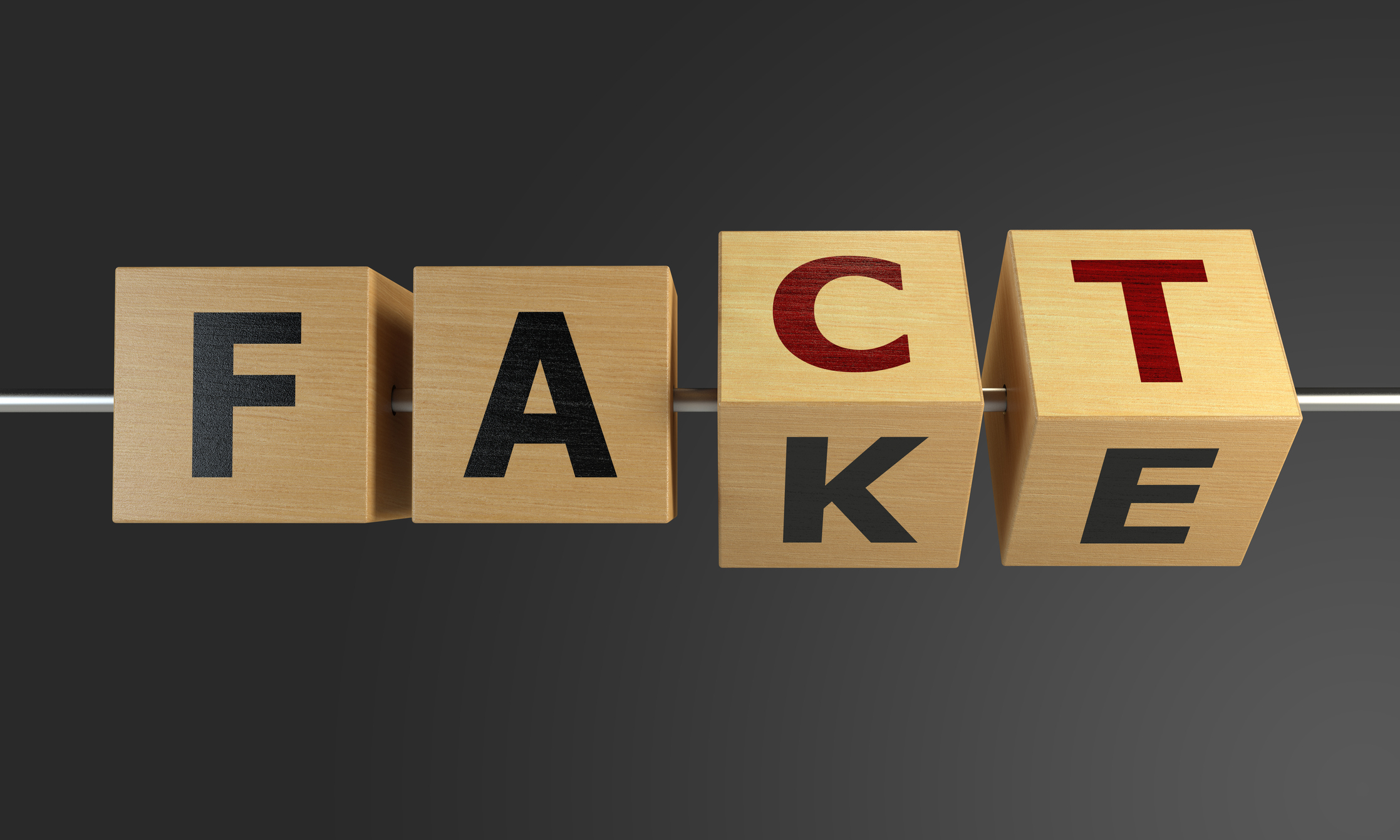The term “fake news” is being thrown around a great deal lately. According to Google, interest in the search term rose sharply after the 2016 elections and hasn’t let up since.
The interest is more than understandable. Information literacy skills involve evaluating the credibility of a source, but social media has made it easier than ever for false stories to spread online and hoaxes have gotten even better at making themselves appear legitimate.
This is an especially big problem for students who, when researching for class, will often run across these false news stories and may believe them as fact.
So, what is an internet user to do?
The good news is that, whether you’re researching a paper or just scrolling through social media, spotting false news is fairly easy. All it takes is a bit of critical thinking and a willingness to do further research.
To that end, here are five tips to help tell the fake news from the real news:
1: Check the SourceTake a moment to check the source of the article. Pay special attention to the domain: often, students will use .edu, .gov, .com or .org sites for research. For example, ABC News’ site is abcnews.com but a hoax site may use something like abcnews.com.co or abcnews.info to trick viewers. When in doubt, you can click the site’s home page and investigate who they are from there.
Be sure to note any personal or political biases that may impact the reporting. Also, double check that the site is not a satire, such as The Onion, The Borowitz Report or Clickhole.
2: Search for Other SourcesAs a general rule, you should always have at least two reputable sources for a story before you do anything with it, which includes putting it in a research paper or simply tweeting it. See if you can find another source to confirm the story using a search engine. If the other sources reporting it are untrustworthy, it’s probably false. However, if it’s being widely reported by reputable news sites, it’s most likely true.
3: Investigate the ArticleIf you’re still unsure, begin looking at the article itself. First, check the date to make sure it’s current. A lot of false news are simply old stories being presented as new events. You can search for passages from the article to see if they appear on other sites and even use Google Image Search to check and see where else the images appear. While text and images that appear elsewhere aren’t necessarily a sign of a hoax, they can be if they appear on a lot of hoax websites or on unrelated articles.
4: Visit Fact Checking WebsitesIf a story has been widely viewed, it most likely has been examined by one of the many fact checking websites. Visit and search for the topic on sites such as FactCheck.org, Politifact.com and Snopes.com, all of which provide robust fact checking archives for news in North America and worldwide.
5: When in Doubt, Stay AwayIf you can’t independently verify an article, especially if it makes grandiose claims, it’s best to stay away from it. With legitimate news, reporters are constantly working to verify and check what others are reporting on, much the same way scientists validate the work of other scientists. If other journalists haven’t verified or debunked the claim, it’s probably best to stay away.
In the end, most false news is spread not because people are genuinely gullible, but because the story’s headline appealed to the reader’s preconceived notions and they opted to share it, often without reading the article.
If you think critically about the articles you read, including those with which you wholly agree, and you take the time to examine them for truthfulness and accuracy, you can do a great deal to spot a fake and stop the spread of false news.





